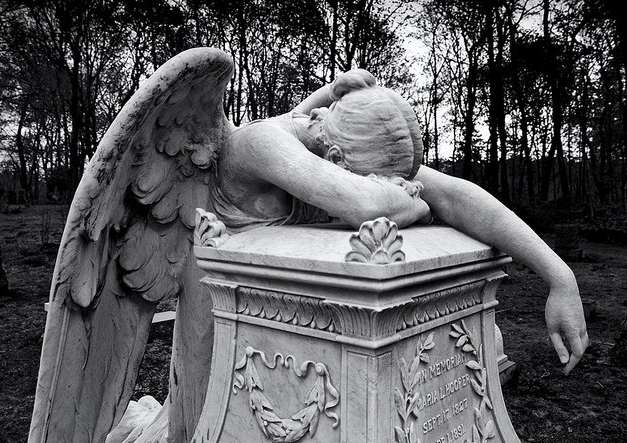When a loved one departs there is grief. This grief sometimes challenges our faith and shakes us to our core: How can God allow such a thing to happen? Why do good people die early? Why do I have to suffer? Why me?
The following five stages of grief are well known:
1. Denial
The grieving person shuts out reality and refuses to accept it.
2. Anger
Moving past denial, the grieving person is confronted with the truth and is angry with himself or herself, or with others, or with God.
3. Bargaining
The grieving person tries to negotiate an alternative. The person struggles with questions like “If only I had done this, or that…”
4. Depression
The grieving person comes up with questions like: What is the point? Why bother?
5. Acceptance
The grieving person reaches a state where he or she is not consumed by grief. The person accepts the hole in the heart but is able to move on. Not everybody facing grief is fortunate to reach this state. The realization that our heart is a big place where both sorrow and joy can reside simultaneously is a tremendous gift.
How do we ensure that we reach “acceptance”, the final state of the grieving process? How do we make sure that we do not get stuck at some earlier state and consequently live our life incompletely? Remaining stuck in our grieving process denies us from enjoying what we have and what is possible.
Only those who have been through soul searing loss truly understand the full scope of the grieving process. This essay in no way tries to diminish or trivialize the pain or the difficulty of the process.
While the grieving process is well understood, the sources of grief are not well known. If we understand the legs on which our grief stands we are better positioned to deal with it. There are three legs on which grief stands:
Continue reading



